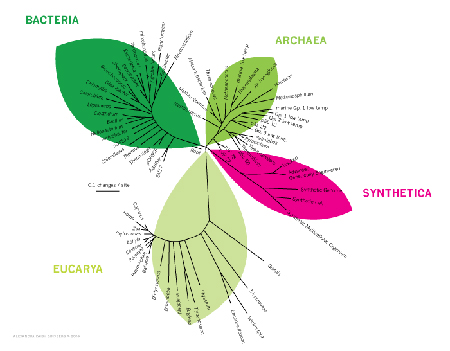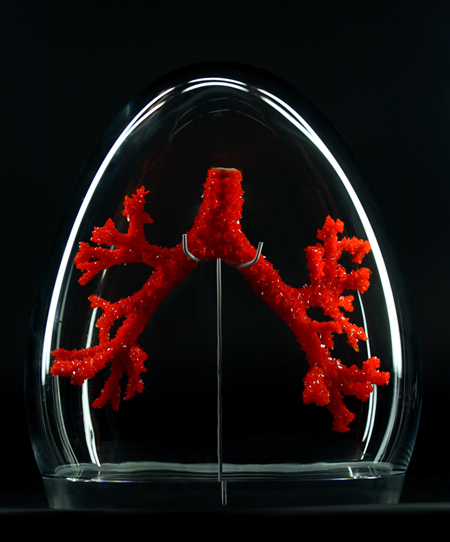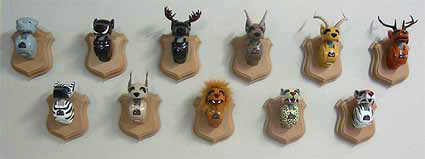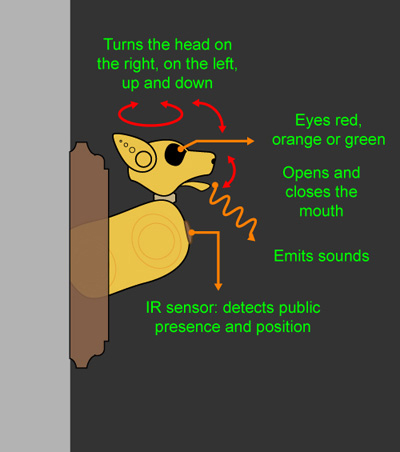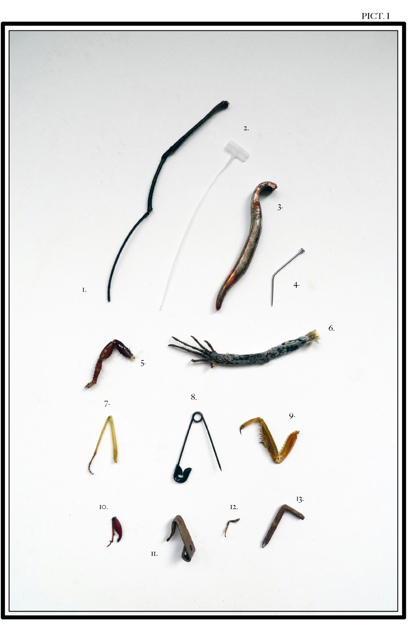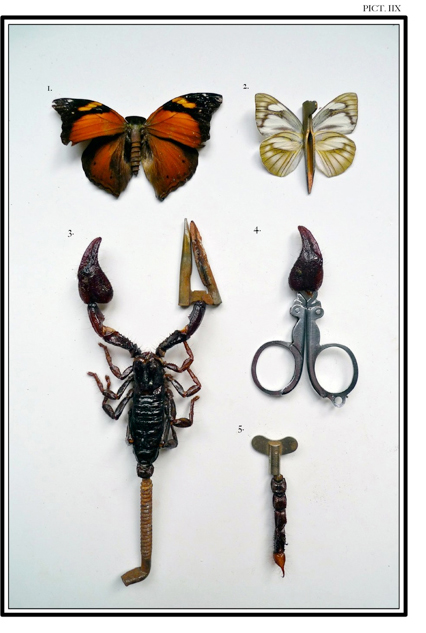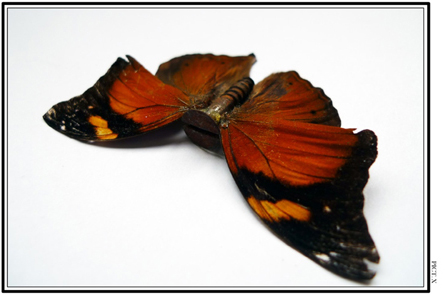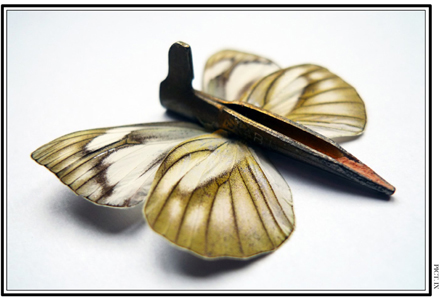The Synthetic Kingdom
augustus 5th, 2010Alexandra Daisy Ginsberg
A Natural History of the Synthetic Future, 2009
The New Tree of Life
How will we classify what is natural or unnatural when life is built from scratch? Synthetic Biology is turning to the living kingdoms for its materials library. No more petrochemicals: instead, pick a feature from an existing organism, locate its DNA code and insert it into a biological chassis. From DIY hacked bacteria to entirely artificial, corporate life-forms, engineered life will compute, produce energy, clean up pollution, make self-healing materials, kill pathogens and even do the housework. Manufacturers will transcend biomimicry, engineering bacteria to secrete keratin for sustainable vacuum cleaner casings; synthesise biodegradable gaskets from abalone shell proteins and fill photocopier toner cartridges with photosensitive E. coli. Meanwhile, we’ll have to add an extra branch to the Tree of Life. The Synthetic Kingdom is part of our new nature. Biotech promises us control over the natural world, but living machines need controlling. Biology doesn’t respect boundaries or patents. And in simplifying life to its molecular interactions, might we accidentally degrade our sense of self? Are promises of sustainability and unparalleled good health seductive enough to accept such compromise? – Alexandra Daisy Ginsberg
POLLUTION-SENSING LUNG TUMOR Terminal pathology from female smoker, 64 years of age. Analysis identified a novel species of silicon fabricator containing DNA from Japanese carbon monoxide detectors (manufacturer’s DNA tag intact). A double disease: her lungs grew carbon monoxide-sensing crystals in response to the presence of pollutants in her lungs.
